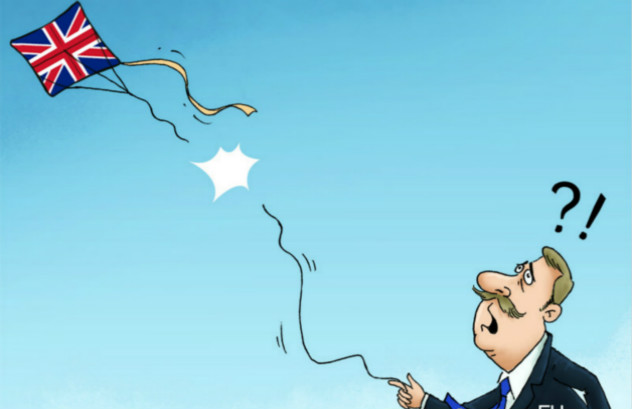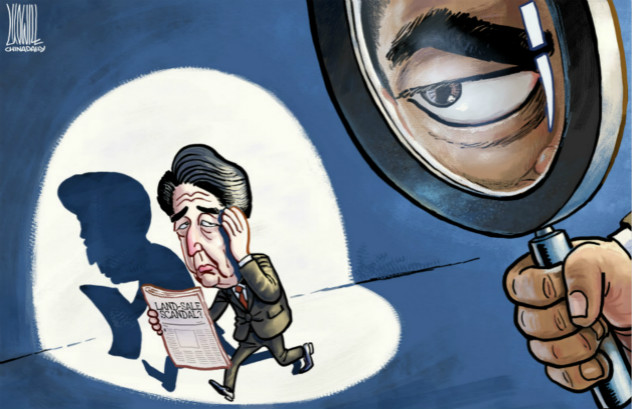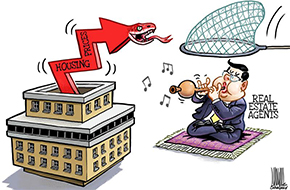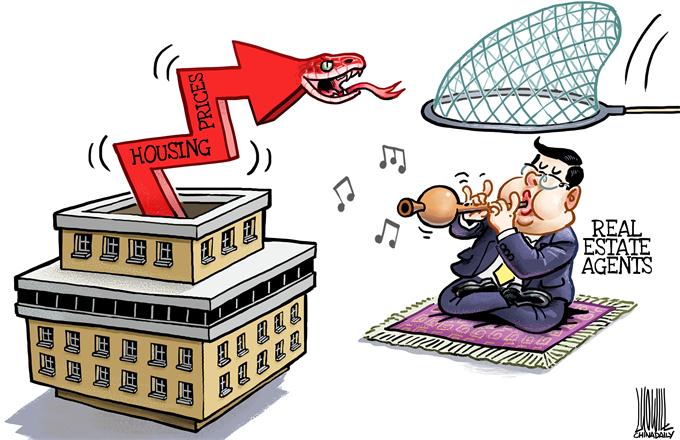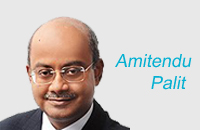北京城市总体规划(běijīng chéngshì zǒngtǐ guīhuà): Beijing's Urban Master Plan (2016-30)
Starting Wednesday till April 27, the Beijing municipal government is soliciting public opinion on its plan for the next 15 years.
The Beijing Urban Master Plan (2016-30) has been drawn up based on Beijing's practical conditions, residents' expectations, the city's development experience over more than 60 years and the city's environmental capacity.
According to the plan, Beijing will become "a world first-class harmonious and livable capital" by 2030. Many objectives are set, along with rules for their implementation.
For example, the city aims to cut the average concentration of hazardous PM2.5 fine particulate matter from 73 micrograms per cubic meter, which was the official figure last year, to 56 micrograms per cubic meter in 2020 and 35 micrograms per cubic meter in 2030.
The authorities will use tough environmental standards to force industrial upgrading and step up regional environmental inspections to tackle air pollution.
Under the constraint of its lack of water resources, Beijing aims to keep its population at 23 million. The city also plans to reduce the rural and urban land for construction while expanding its ecological control area.
It also plans to improve the capital's public transport system.
In 2020, the total length of the metro system in Beijing will reach 1,000 kilometers. At the end of 2016, the total length was 574 km.


